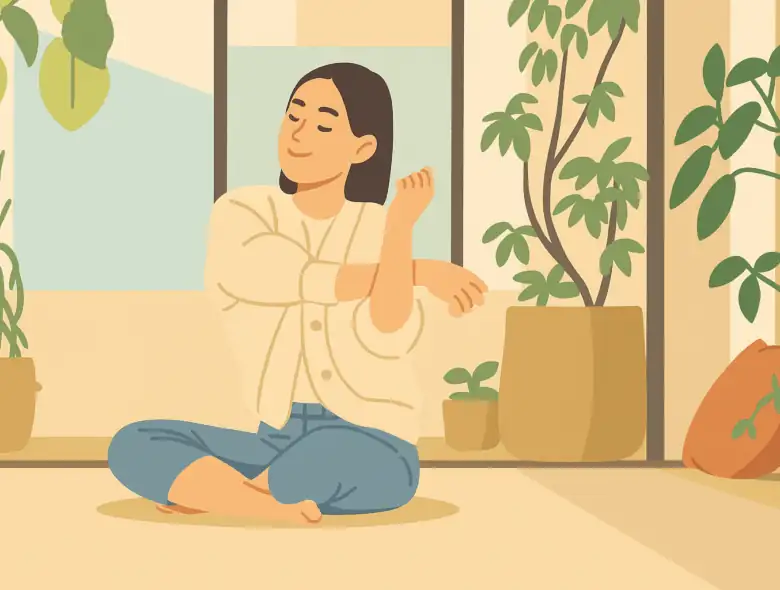Living Alone
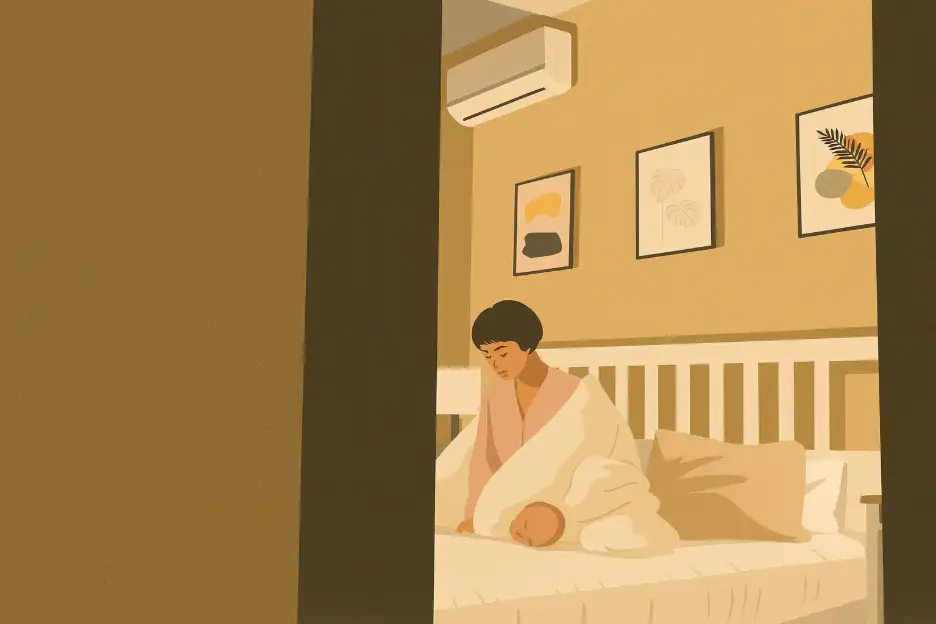
According to the Ministry of Health, Labor, and Welfare’s Comprehensive Survey of Living Conditions of 2023, out of 54,452,000 households in Japan, 18,495,000 households were registered as single-person households. This means that 34% of all households, or 1 in 3 households in Japan, are being occupied by a single individual, and this statistic is likely to increase in the coming years.
While there is nothing wrong with living alone, studies have shown that aside from ensuring optimal physical health by way of healthy eating habits and regular exercise, individuals who do live alone also need to take into special consideration their mental and emotional health. This may manifest in one or more of the following ways:
- Personalizing your space and creating a relaxing, calming, and familiar home environment
- Establishing a routine and practicing healthy habits
- Indulging in creative pursuits
- Revisiting old hobbies or exploring new ones
- Maintaining social connections with family and friends
- Establishing a support system and seeking help when needed
Self-care is the name of the game for many people living alone, so in this article, we’ll explore the different ways someone living alone in Japan and elsewhere can practice and incorporate self-care habits into their daily lives.
Routines
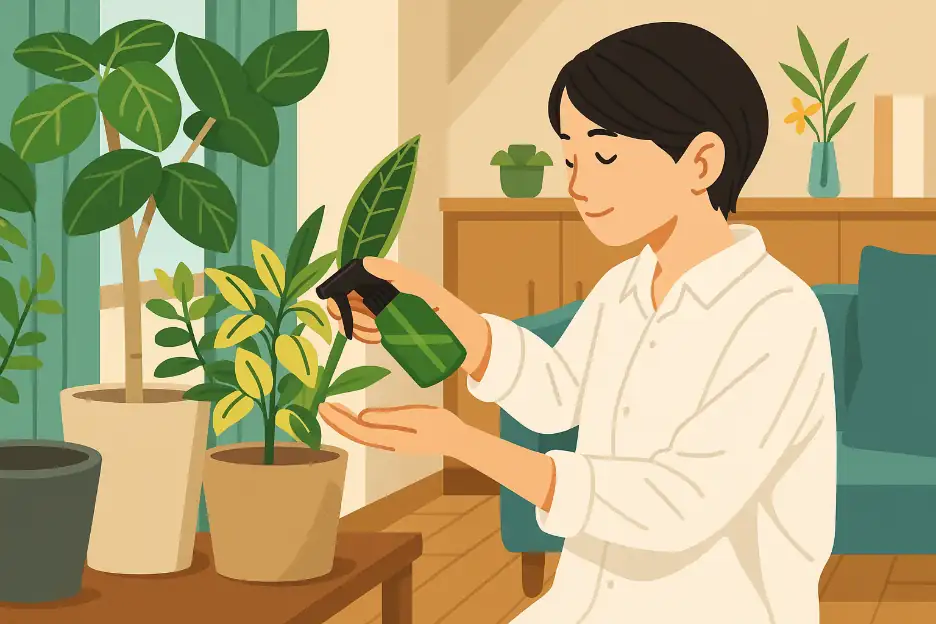
Numerous studies agree that humans are, by nature, creatures of habit, and establishing and following a routine helps keep us on track and grounded. This is because routines provide us with structure, stability, and a sense of control over our lives. Routines also help keep at bay potential feelings of loneliness and isolation, while increasing self-awareness and personal growth. This helps promote better mental and emotional health as routines are evidence of your self-sufficiency and independence.
Establishing a routine and keeping to it helps us manage daily tasks, thereby reducing decision fatigue and minimizing procrastination. The predictable rhythm of a routine can be both comforting and motivating for many individuals, as it provides a framework for the day and helps with time management and tackling tasks.
So, whether you are about to embark on your first living alone experience or are already living alone but struggling to maintain order, try to build your day around routines.
For more info, check out our blog: Daily Routines That Help You Stay Grounded When Living Alone in Japan
Indoor Activities
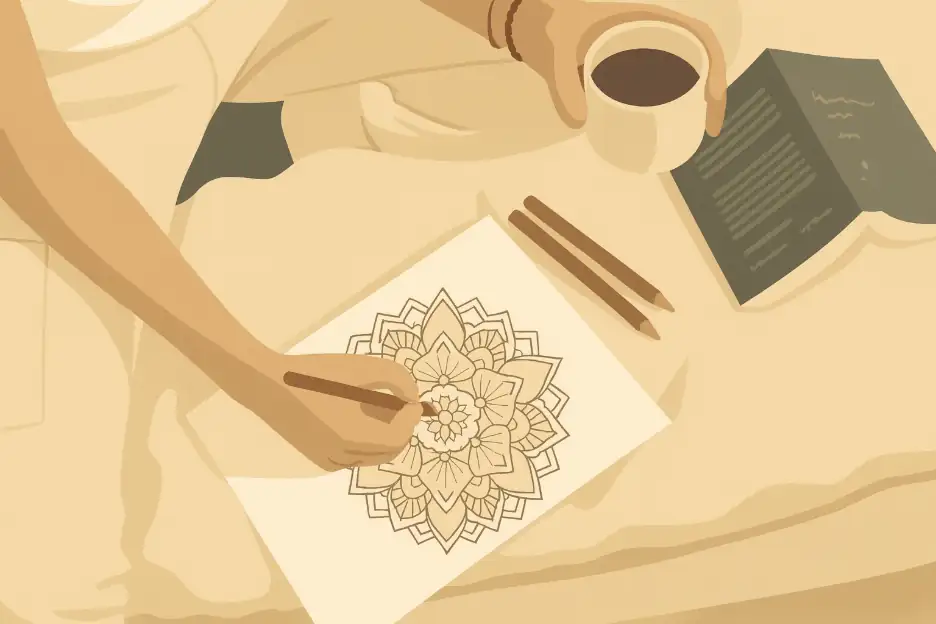
For some, one of the biggest learning curves when living alone is figuring out how to keep yourself entertained. Fortunately, there are a lot of activities, hobbies, skills, and creative pursuits one can engage in by themselves. Here are some possibilities:
- Physical self-care activities such as taking a long soak in a bath and indulging in an extensive hair and skincare routine
- Mental self-care activities such as reading, journaling, meditation, breathing exercises, and yoga
- Creative pursuits such as arts and crafts, drawing, painting, coloring, building with Lego, doing puzzles, playing music, etc. (Make sure the apartment you are staying in allows the use of musical instruments, as some apartments in Japan have restrictions on this.)
- Indulging in or revisiting old hobbies, or learning something new, like picking up a new language or taking up knitting
- Honing basic life skills such as cooking and baking, basic DIY skills to help with house maintenance, etc.
- Combining video gaming with exercise by indulging in active video games that require movement (think of Wii games)
- Maintaining social connections with family and friends via scheduled phone calls or video calls, or setting up an online watch party to bond over a film or show
Work-Life Boundaries
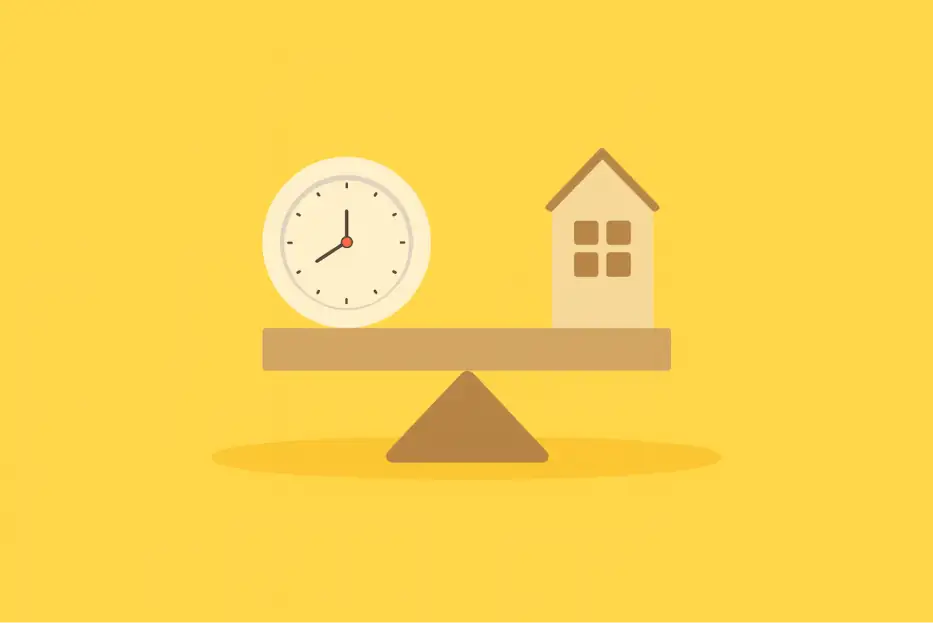
It probably comes as no surprise that Japan doesn’t exactly have the healthiest of work cultures, though this is slowly changing. This is why establishing and clearly communicating your work-life boundaries is important for maintaining your well-being, enhancing productivity, and ensuring a healthy and sustainable work-life balance.
One way to establish work-life boundaries is to set limits on work-related activities during personal time. This means leaving work to be done at the office for the next day, or if you work from home, not doing work-related activities, checking your work emails, responding to work-related text messages, etc. By not allowing work to eat into your personal time at home or otherwise, you reduce stress and help your brain reset itself to ensure better focus and productivity for the next day.
Another way to implement work-life balance is to incorporate it into your daily routines, especially if you work from home. Knowing when to stop working and taking regular breaks will help prevent burnout, give you time to prioritize self-care, and allow you to maintain and nourish the relationships with your family and friends.
All in all, setting work-life boundaries is all about creating a sustainable and healthy lifestyle that allows for both professional success and personal well-being. A well-rested individual who is physically healthy and sound of mind is a more efficient, productive, and focused individual.
For more info, check out our blog: Setting up the Perfect Home Office for Remote Work
Aromatherapy
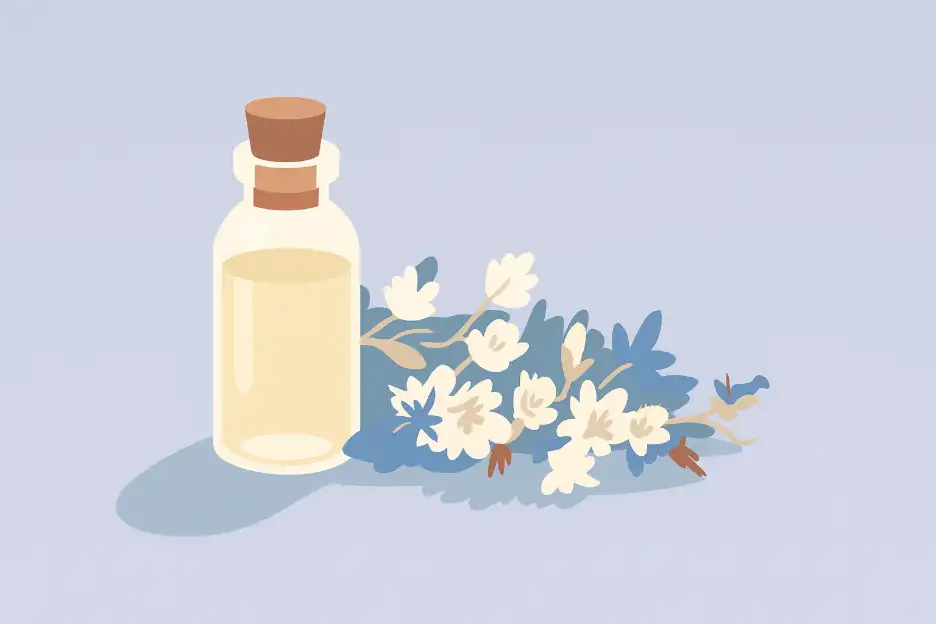
The pandemic has shown us that prolonged isolation can have detrimental effects on an individual’s physical and mental health, and those who live alone tend to be more susceptible to feelings of loneliness, depression, and isolation. A simple and cost-effective way to combat this is to make use of aromatherapy.
Aromatherapy is a type of complementary therapy that uses essential oils extracted from plants to promote physical, mental, and emotional well-being. The aromatic scents of these oils are utilized through massages, inhalation, or topical application onto the body to treat various physical and mental ailments and conditions and promote better overall health.
Studies have shown that breathing in the scents of essential oils or soaking in them via a bath can affect the limbic system in the brain, which in turn affects mood, emotions, and even physical responses such as heart rate and blood pressure. Utilizing aromatherapy through a massage can help stimulate blood flow, which improves circulation and the delivery of oxygen and nutrients to tissues in the body. Other benefits of aromatherapy include:
- Alleviating stress and anxiety
- Pain relief
- Better sleep
- Improved mood
Depending on what ailment or condition you wish to treat, different essential oils have different purposes:
- Pain relief – peppermint and eucalyptus essential oils are commonly used to temporarily relieve pain as they contain anti-inflammatory properties that have been known to soothe sore muscles and joints
- Headache relief – lavender, peppermint, and chamomile essential oils are commonly used to treat headaches and migraines.
- Improved sleep – lavender, Roman chamomile, and neroli are good for reducing stress and anxiety, and promoting better sleep.
- Cognitive function – lemon, peppermint, and rosemary are used to help improve focus, memory, and concentration
It is important to note that while aromatherapy works for some people, it may not work for you. So, if you are interested in trying this out, you should play around with different essential oils and scents to see what works best for you. You should also take care to ensure that you are not allergic or have skin sensitivities to any essential oils if you apply them topically. Test it on a small area of your wrist or hand to see if you have a reaction before using it properly.
If you are looking for an apartment to rent but are unsure where to look, why not check out Village House, a real estate organization with over 1,000 properties across Japan’s 47 prefectures!
Related articles:
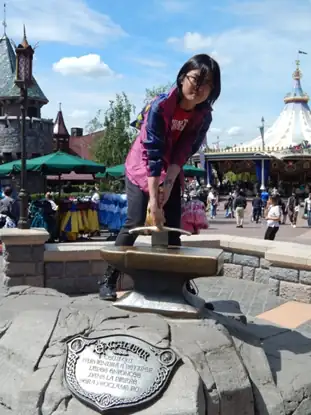
Freelance writer with over 2 years of experience writing for the Village House Blog, ESL teacher, and digital nomad who has lived in countries including The Czech Republic, The UK, The U.A.E., Japan, and most recently, Georgia. Is constantly on the hunt for the best, most optimal apartment for remote work when not enjoying going to film festivals, concerts, and the theater.


